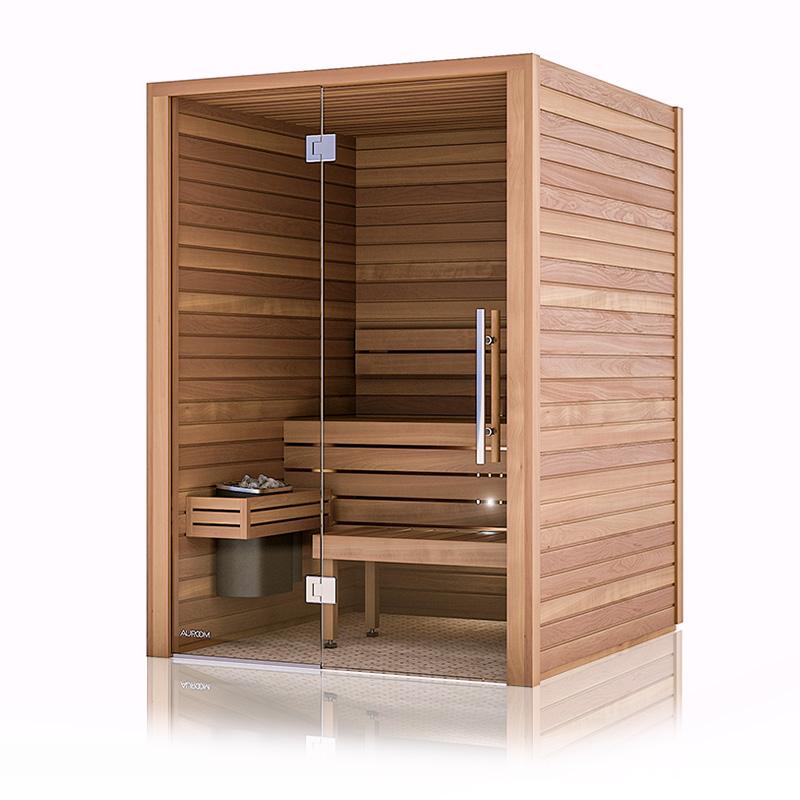Not known Details About Traditional Sauna
Not known Details About Traditional Sauna
Blog Article
The 7-Second Trick For Traditional Sauna
Table of ContentsHow Traditional Sauna can Save You Time, Stress, and Money.The 6-Minute Rule for Traditional Sauna9 Easy Facts About Traditional Sauna DescribedTraditional Sauna Fundamentals ExplainedAll about Traditional Sauna
Many of the weight lost in a sauna is water loss and is re-gained upon rehydrating. Without a doubt sauna can be a vital part of a healthy and balanced weight loss program. To take a look at the differences between traditional and IR saunas, I will divide these into proven, theoretical, and fabricated differences.Therefore, the best factor in the saunawhich is at the ceiling directly above the sauna heateris usually in between 185 and 190 F. Claims that a traditional sauna exceeds 200 F is simply not true and not appropriate for electric saunas offered in the US. The temperature for a far-infrared sauna is typically established between 120 and 140 F; nonetheless, unlike the typical sauna, the goal in and IR area is not to attain a high temperature level.

When a typical sauna has been correctly heated up, the sauna walls are warm, the air temperature has achieved set temperature level and the rocks are extremely warmed. As a fascinating side note, the warmed wall surfaces and the rocks are sending out far-infrared warmth, combined with the heated air, to develop an "covering warmth".
Indicators on Traditional Sauna You Should Know
When the heat is achieved, the components cycle on and off to keep the high temperature. Most conventional sauna users enjoy pouring water over the rocks to develop steam to increase sauna humidity levels. The advantages of putting water over the rocks include: making the area a lot more comfy, dampening the nasal passages, and allowing the use of aromatherapy by mixing crucial oils with the water.

When the power gets in the body, it creates the body temperature level to increase and eventually causes sweat. In an infrared sauna it Learn More Here is necessary for the emitters/heaters to remain on almost constantly. Given that there is no mass of rocks to keep warm, the sauna will cool down if the emitters shut down.
What Does Traditional Sauna Do?
As discussed above, the sauna bather in an infrared space intends to position himself before running emitters to obtain optimal benefit from the heat. The heating time for both areas can be really various, depending upon how the spaces are made use of. For a standard sauna, a bather needs to permit 30-40 mins for the room to attain a preferred temperature level and to effectively pre-heat the rocks.

A well constructed sauna will normally achieve a temperature of 150-160 F in regarding 30-40 mins (Traditional Sauna). For hotter temperature levels, the space may need to warmth for a longer period. Once the space attains set temperature level, the heating unit will certainly cycle on and off, normally operating regarding 50% of the moment. The insulated wall surfaces and the heated rocks will certainly keep the space hot and at secure temperature levels.
To some, 15 mins was "lost" while the infrared energy heated up the timber panels as opposed to discover here heating up a body, while others locate a pre-heated room to be much more comfy and think a raised starting temperature is necessary to begin sweating. The size of advised use for every room is around the same (10-15 mins per session); nonetheless, because of the reduced air temperature levels and the capability to really feel the effects of infrared warm much faster than a typical sauna, it is not unusual for an individual to spend a total of 20-30 minutes in an infrared sauna.
The 30-Second Trick For Traditional Sauna

The ordinary expense per kWH of electrical energy in the united state is approximately $0.11, so a 4.5 kW heating unit will cost around $.50 to compete one hour, if the heater runs continuously for one hour. Commonly a sauna heating system will run for 75% of the first hour and 50% of succeeding hours on because the components cycle once the established temperature level is achieved.
A two person far-infrared room is normally physically smaller sized than a standard sauna, usually concerning 4' x 4' or smaller. The IR furnace is generally 1.5-1.7 kW using a 120 volt 15 amp plug-in solution. Considering that the area can be made use of earlier than a sauna area, we will assume the room is used for to of an hour consisting of warm up time.
There is a rarely reviewed distinction in the social experience between the two spaces. While our culture has actually shed some of the social benefit of the conventional sauna experience, it can be really socially rewarding (Traditional Sauna). From family members time in the sauna, to heart-felt discussions with substantial others, to sauna partiesthe standard sauna experience can lead to intimate socializing
Not known Details About Traditional Sauna
Most greater end infrared rooms include colored light therapy, noise systems and full-glass fronts.
Report this page